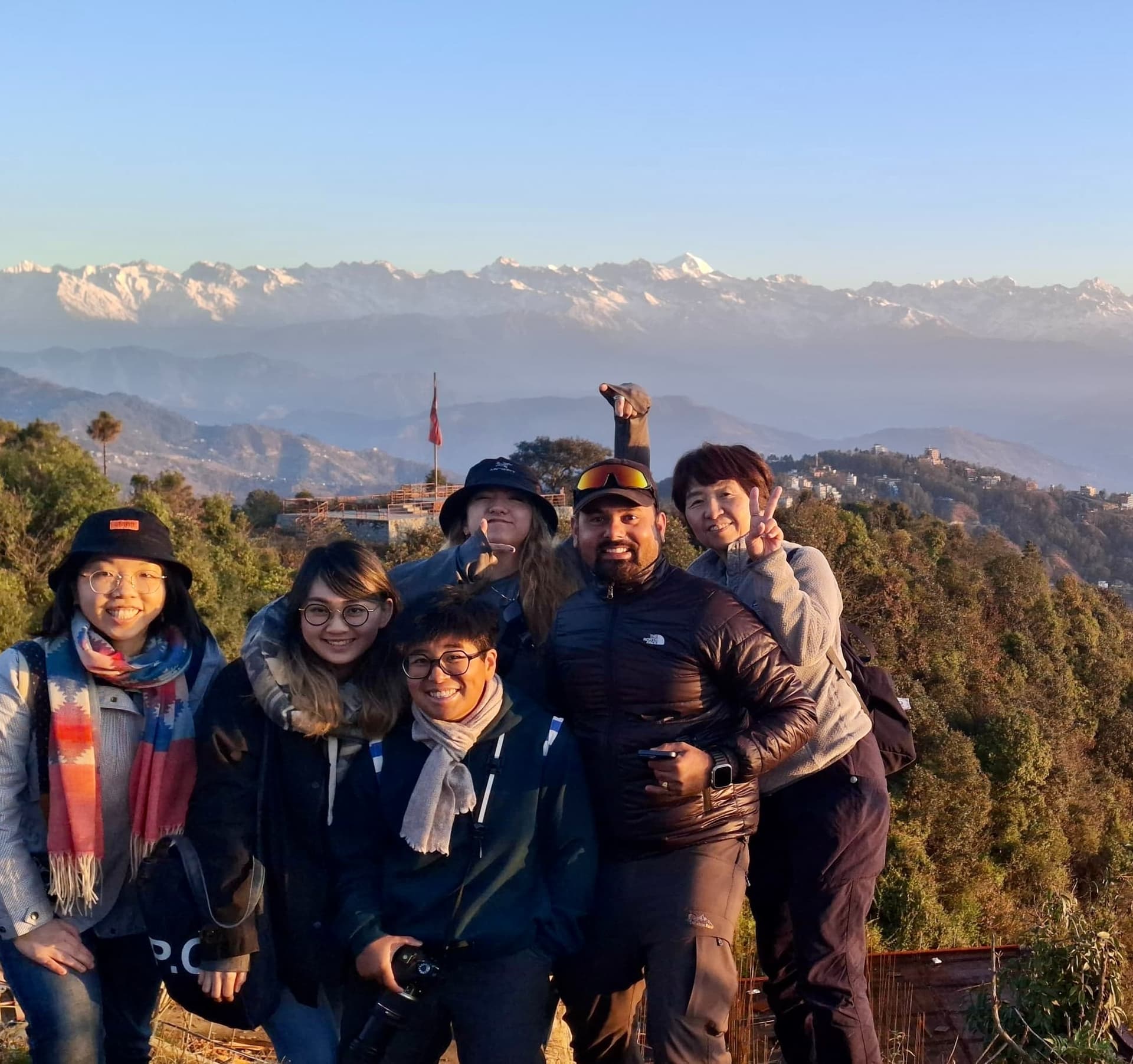Bhaktapur Durbar Square—A Glimpse into Nepal’s Medieval Glory
Overview
Bhaktapur Durbar Square, located in the heart of the ancient city of Bhaktapur, is one of the most historically rich and architecturally beautiful areas in Nepal. This UNESCO World Heritage Site is a well-preserved complex that showcases the artistry and craftsmanship of the Malla Dynasty, which ruled Nepal in the 15th and 16th centuries. The square is home to a magnificent collection of temples, palaces, and shrines, each intricately designed with carvings, sculptures, and detailed artwork. Visitors are transported to a different era as they explore the square's pagoda-style temples, royal courtyards, and ancient statues, offering a window into Nepal’s medieval past.
The square is not only a historic site but also a vibrant hub of local culture, where daily life intertwines with religious and cultural traditions. As you stroll through the area, you’ll encounter people performing rituals at temples, artisans creating traditional crafts, and locals engaging in everyday activities. Among the standout attractions are the 55-Window Palace, Nyatapola Temple, and Taleju Temple, each offering unique insights into Nepal’s rich heritage. Bhaktapur Durbar Square also hosts various festivals throughout the year, such as the famous Bisket Jatra, which draws visitors and pilgrims alike, adding to the square’s lively and spiritual atmosphere.
Major Highlights
- Vatsala Temple: Known for its intricate carvings and beautiful stone structure, this temple is dedicated to the goddess Vatsala.
- Fifty-Five Window Palace: A magnificent palace built during the Malla period, known for its wooden windows and detailed carvings. It was once the residence of the Malla kings.
- Batsala Temple Bell: A massive bell that is rung every evening at 7 PM, it adds a distinctive charm to the temple area.
- Nyatapola Temple: The tallest pagoda-style temple in Nepal, this five-story structure is an architectural marvel and offers panoramic views of Bhaktapur.
- Taleju Temple: A royal temple built in the 15th century and dedicated to the goddess Taleju. It is one of the largest and most important temples in Bhaktapur.
- Bhaktapur Palace Courtyard: The historical palace complex is a sight to behold, with beautiful courtyards and the king’s palace, where various royal rituals were performed.
- Statues and Sculptures: Throughout the square, you will find various statues of Hindu gods and goddesses, as well as artistic sculptures depicting historical events.
- Pagoda-Style Architecture: The temples and shrines throughout the Durbar Square exhibit the intricate and distinct pagoda-style architecture, a hallmark of Nepali craftsmanship.
Entry Fee
- Foreigners: NPR 1,500
- SAARC Nationals: NPR 500
- Nepali Citizens: Free entry
The entry fee grants access to the Durbar Square area and several temples. Additional fees may apply for entry into specific temples or sites within the square.
Tips for Visiting Bhaktapur Durbar Square
- Wear Comfortable Shoes: Bhaktapur Durbar Square is a large area with many cobblestone streets and walkways. Comfortable shoes will help you explore the area more easily.
- Respect Local Customs: Bhaktapur is a deeply cultural and religious site. Be respectful when taking photographs, especially around sacred places and religious rituals. Always ask for permission before photographing locals.
- Be Prepared for Crowds: The square can get busy, especially during weekends or festivals. Try to visit early in the morning or during the weekdays to avoid large crowds.
- Don’t Miss the Local Cuisine: Bhaktapur is famous for its traditional Newari food, such as momo (dumplings) and king curd (juju dhau). Make sure to try these delicacies from the local eateries.
- Take Time to Explore the Side Streets: While the main Durbar Square is a major highlight, don’t forget to explore the narrow side streets of Bhaktapur, which are filled with hidden gems, ancient temples, and artisan workshops.
- Hire a Local Guide: A knowledgeable local guide can provide fascinating historical and cultural insights into the sites, temples, and buildings of Bhaktapur Durbar Square.
- Keep Hydrated: As the square can get quite hot during the day, it’s advisable to carry a bottle of water with you, especially if you plan on spending several hours exploring.
FAQs
Q. What is Bhaktapur Durbar Square known for?
A. Bhaktapur Durbar Square is known for its well-preserved medieval architecture, stunning temples, royal palaces, and intricate carvings. It offers a deep insight into Nepal’s history, culture, and artistry, particularly from the Malla period.
Q. How much time do I need to visit Bhaktapur Durbar Square?
A. Typically, you’ll need about 2–3 hours to explore Bhaktapur Durbar Square, but if you plan to visit the temples, museums, or participate in local activities, you may want to spend the whole day.
Q. Is Bhaktapur Durbar Square accessible to everyone?
A. Yes, Bhaktapur Durbar Square is accessible to all visitors, including those with limited mobility. However, the cobblestone streets may be challenging for those with difficulty walking.
Q. What should I do if I want to take photographs?
A. While photography is allowed, be respectful when photographing local people or during religious ceremonies. It’s always a good idea to ask for permission if you plan to take close-up shots of individuals or sacred sites.
Q. Can I visit Bhaktapur Durbar Square with children?
A. Yes, Bhaktapur Durbar Square is a family-friendly destination. Children will enjoy the open space, architecture, and learning about the ancient traditions and history of the area.
Q. Are there any festivals or events in Bhaktapur Durbar Square?
A. Yes, Bhaktapur Durbar Square is a hub for many festivals, such as the Bisket Jatra (chariot procession) and Indra Jatra, which offer vibrant cultural experiences with colorful processions and ceremonies.



